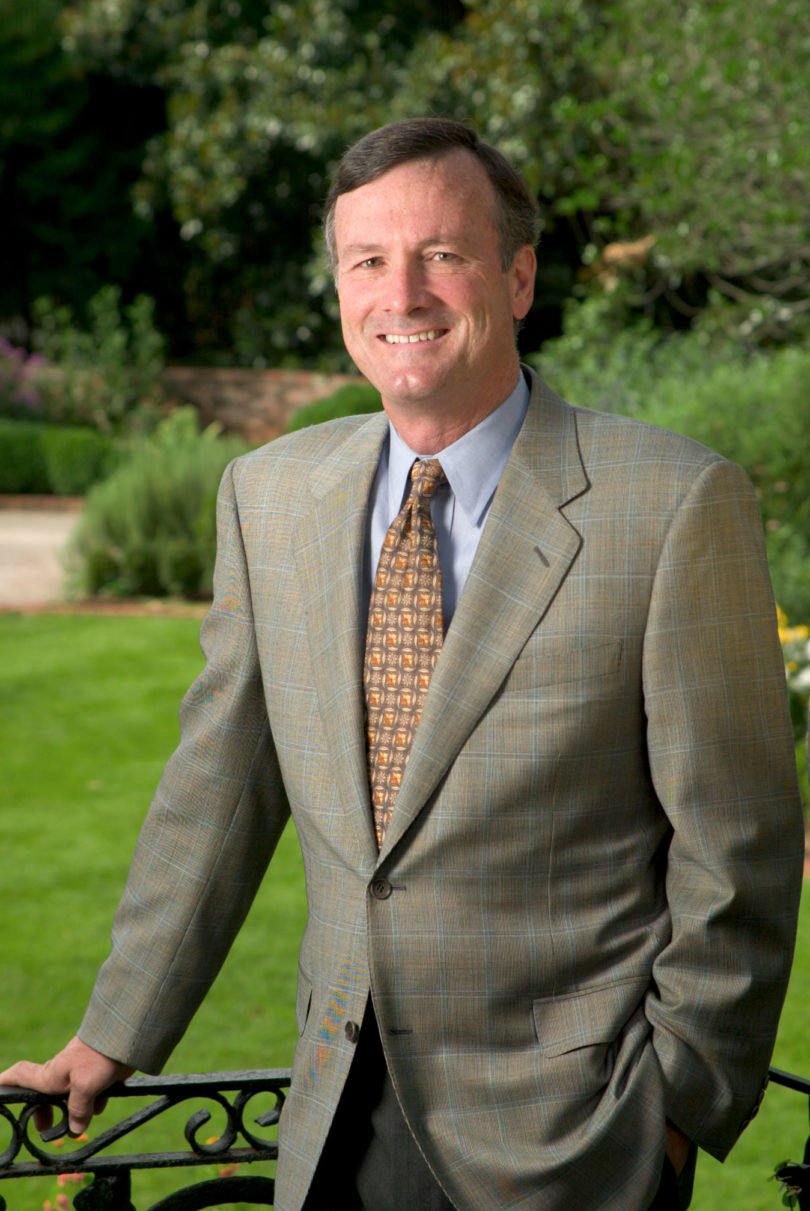Athens, Ga. – A new article detailing the relationship of two U.S. Supreme Court cases and how they work together to uphold freedom of expression has been published in the Georgia Law Review by William E. Lee, professor of journalism in the University of Georgia Grady College of Journalism and Mass Communication.
Lee’s article focuses on New York Times v. Sullivan and its companion case, Abernathy v. Sullivan, in which the court upheld the First Amendment rights of both the press and ministers active in the civil rights movement. These rulings affect today’s citizen journalists.
The article, “Citizen-Critics, Citizen Journalists, and the Perils of Defining the Press,” can be found in the most recent issue of the Georgia Law Review.
While many are familiar with the landmark case New York Times v. Sullivan, the companion case of Abernathy v. Sullivan has not earned the same recognition. Both cases ruled on an editorial advertisement published in the New York Times in 1960 called “Heed Their Rising Voices” supporting the civil rights movement. L.B. Sullivan, public safety commissioner of Montgomery, Alabama, sued the New York Times for defamation, and in a separate case sued four Alabama ministers who appeared to have endorsed the advertisement. It was later discovered that they did not help sponsor the ad. Both the New York Times and the four ministers were found liable in Alabama courts and appealed to the U.S. Supreme Court.
Lee’s article explains why the Supreme Court ultimately blended the two cases together and ruled in favor of the New York Times and the four ministers on First Amendment grounds.
“It’s important to understand that by blending the Abernathy and Times cases, the court was holding that both the ministers and the press had equal First Amendment protection,” Lee, a professor of communication law, said.
According to Justice William J. Brennan Jr., author of the landmark New York Times v. Sullivan ruling, the freedoms of speech, press, assembly and petitioning the government are interrelated components and fall under a collective term that he coined “freedoms of expression.”
The relationship segues to today’s citizen journalists who, with the proliferation of the Internet and cellphone cameras, are expanding the definition of journalists.
“Anyone can be a journalist and they don’t need an affiliation with an established outlet,” said Lee about one of the points of his article. “It’s increasingly important that unaffiliated journalists know they have the same legal protection as a reporter at a newspaper. It’s significant for the development of alternative forms of expression that do not fit neatly in our traditional concepts of speech or press.”
The article also focuses on how judges today struggle with defining the rights of citizen journalists.
“Judges have tried to define the press and the results have often not been pretty,” Lee said.
The article was written in conjunction with a symposium, “The Press and the Constitution 50 Years After ‘New York Times v. Sullivan,'” hosted by the UGA School of Law. To view a discussion of this topic by Lee and other panelists, please see the C-Span video “Supreme Court and the Press.” The full text of the article is available at http://georgialawreview.org/wp-content/uploads/2014/07/Download-PDF-V48-I3-Lee.pdf.
About Grady College
Established in 1915, the UGA Grady College of Journalism and Mass Communication offers undergraduate majors in journalism, advertising, public relations, digital and broadcast journalism and mass media arts. The college offers several graduate degrees and is home to the Peabody Awards, internationally recognized as one of the most prestigious prizes for excellence in electronic media. For more information, see www.grady.uga.edu or follow @UGAGrady on Twitter.








